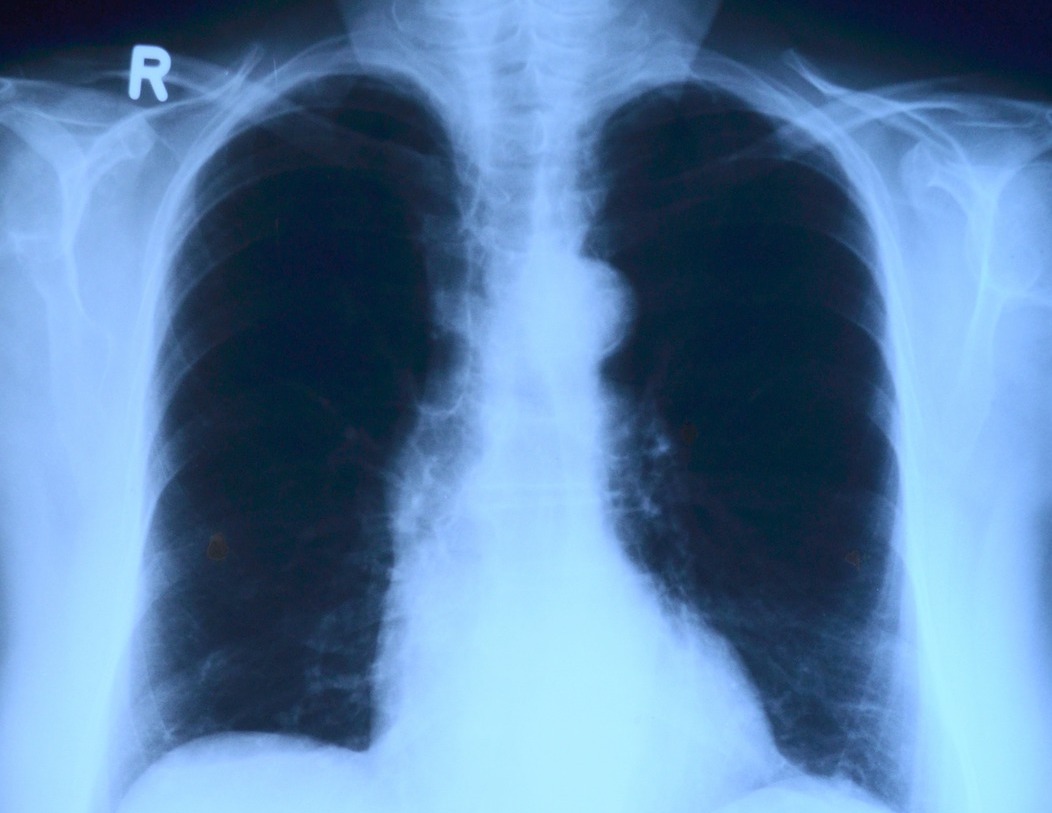A new advanced AI can predict a 10-year risk of death resulting from atherosclerotic cardiovascular disease (ASCVD) with a single chest X-ray.
The trailblazing study was presented Tuesday at the annual meeting of the Radiological Society of North America.
“Our deep learning model offers a potential solution for population-based opportunistic screening of cardiovascular disease risk using existing chest X-ray images,” lead author, Jakob Weiss, a radiologist affiliated with the Cardiovascular Imaging Research Center at Massachusetts General Hospital and the AI in Medicine program at the Brigham and Women’s Hospital in Boston, said, reported SciTechDaily. “This type of screening could be used to identify individuals who would benefit from statin medication but are currently untreated.”
Generally, patients at high risk of heart disease are recommended a statin drug that lowers cholesterol levels in the blood as well as protects the artery walls from within. However, it is not always easy to detect the most vulnerable people, who are missing out on the medication that could save their lives.
The deep learning model developed by the researchers can help find people who have a risk of developing heart disease within the next 10 years and bring them under the ambit of primary prevention.
“We’ve long recognized that X-rays capture information beyond traditional diagnostic findings, but we haven’t used this data because we haven’t had robust reliable methods,” Dr. Weiss said. “Advances in AI are making it possible now.”
Currently, doctors calculate this 10-year risk by generating a statistical model that takes into account various factors, including age, sex, race, systolic blood pressure, hypertension treatment, smoking, Type 2 diabetes, and blood tests as well as an ASCVD risk score. Patients with a 10-year risk of 7.5% or higher are advised statin medication.
“The variables necessary to calculate ASCVD risk are often not available, which makes approaches for population-based screening desirable,” Dr. Weiss said, according to the outlet. “As chest X-rays are commonly available, our approach may help identify individuals at high risk.”
The research team trained a deep-learning model using a single chest X-ray (CXR) input. The model, known as CXR-CVD risk, was fed 150,000 chest X-rays taken from more than 40,000 participants in a prostate, lung, colorectal, and ovarian cancer screening trial under the aegis of the National Cancer Institute.
The AI was then made to predict 10-year risk in individuals from the data of more than 11,000 patients with an average age of 60. These individuals who had routine outpatient chest X-rays at Mass General Brigham were potentially eligible for statin therapy, according to ScienceFocus.
It was found that 10% of the patients from this group experienced a major cardiac event within the next 10 years. The CXR-CVD Risk model succeeded in predicting 65% of the cases.
“The beauty of this approach is you only need an X-ray, which is acquired millions of times a day across the world,” Dr. Weiss said. “Based on a single existing chest X-ray image, our deep learning model predicts future major adverse cardiovascular events with similar performance and incremental value to the established clinical standard.”
















